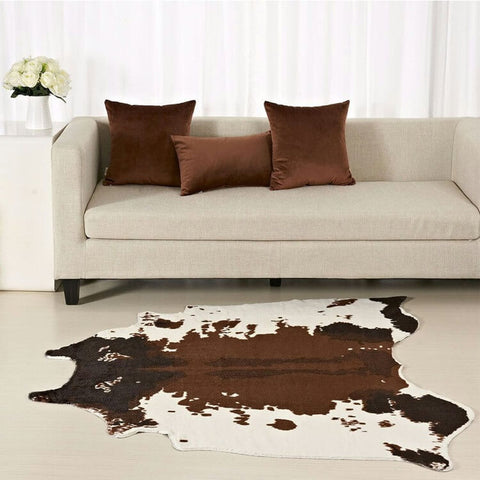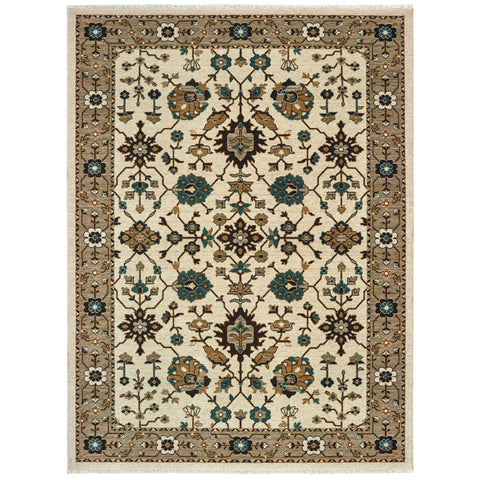Area Rugs History
Posted by #AreaRugsWeaver # on
Area Rugs are floor coverings, usually oblong, rectangular or round shaped. The first rug was made when man hunted animal for food & used its skin for covering. In the beginning mostly noble animals were hunted for food and their hide was probably used as rug. Animal skin rugs like cow-hide, goat-hide etc were the earliest rugs in history. Later, when man domesticated useful animals, he began to extract hair from their skin for weaving. To satisfy his decor sense, he designed patterns and wove individual area rugs by blending local colors in them. The inherited patterns of different area rugs shaped traditional rugs which when traded or gifted as souvenir brought fame to the areas of their origin. Animals skin is still used as area rug till today and is very popular in some decor styles.

Rugs Known History
Rug making is an art of ancient times. The first people to associate with this art were ancient Egyptians. The Egyptians showed greatest care for the rugs they wove. They spread them in front of the images of their gods, and also on the ground for their sacred cattle to lie upon. The monuments of ancient Egypt and Mesopotamia bear witness that the products of the hand loom date back a considerable time prior to 2400 B.C., and on the tombs of Beni-Hassan are depicted women weaving rugs on looms. Since then the industry of rug-weaving has flourished to such an extent that it is now of world-wide importance. The occidental power loom has replaced the oriental hand loom, the techniques of weaving have shifted from ancient to modern but the legendary traditional rugs are still greatly valued all over the world for their legacy.
Traditional rugs usually refer to either traditional Oriental or Persian patterns. With designs that date back centuries, they are described as gorgeous, ornate and intricate in pattern and colors. Most traditional rugs have almost the same set of colors including maroon, black, red, blue, brown, white and green. Traditional rug designs contain specific elements like florals, intricate patterns, borders and central medallions in shapes like diamonds, octagons and hexagons. Traditional rugs are recognized for their universal beauty and are in great demand.

Persian Rugs
The very word “Persian” is a synonym for opulence, splendor and gorgeousness. The rugs from Iran are known as “Persian rugs”. In Persia the art of rug-making has attained a very high degree of excellence, having been practiced there during many centuries. The exact period when this industry was introduced into that country is not known. Tradition has it that long before the days of Alexander the Great, rugs were woven at Shuster, the then capital; and being a luxury, they were woven solely for the kings’ palaces, and on the finest gold warp. Various kings of Persia cultivated certain branches of art and industry, but Shah Abbas of the Safavid dynasty, especially gave a decided impetus to rug-weaving. It is also probable that Shah Abbas the Great rendered valuable assistance to king Akbar of India in founding rug-weaving in that country. Persians from the Shah to the peasant, sit upon rugs when eating, with cushions placed behind them. The rugs used by the Persians themselves are rather small, the larger ones being exported to foreign countries.

